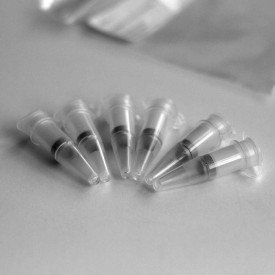β-(1-4)-galactosidase
References:
1. Glasgow, LR., J.C. Paulson and R.L. Hill. Systematic purification of five glycosidases from Streptococcus pneumonia. J. Biol Chem 252: 8615- 8623(1977).
2. Kobata, A. Use of endo- and exoglycosidases for structural studies of glycoconjugates. Anal Biochem 100: 1- 14 (1979).
3. Prime, S. J. Dearnley, A.M. Venton, R.B. Parekh and C.J. Edge. Oligosaccharide sequencing based on exo- and endoglycosidase digestion and liquid chromatographic analysis of the products. J Chromatogr A 720: 263-274 (1996)
4. Dwek, R.A. , C.J. Edge, D.J. Harvey, M.R. Wormald and R.B. Parekh. Analysis of glycoprotein-associated oligosaccharides. Ann Rev Biochem 62: 65-100.
Non-reducing terminal β(1-4)-Galactose. The number of antennae does not affect cleavage rate. Fucose linked to the penultimate N-acetylglucosamine will block the cleavage of the galactose.
β Galactosidase from Streptococcus pneumoniae releases only β(1-4) linked, non-reducing terminal galactose from complex carbohydrates and glycoproteins. β(1-4) galactose is by far the most common linkage found in N-linked oligosaccharides. For other galactosidase linkages, β(1-3,4,6)-Galactosidase from Bovine testes is recommended. The enzyme is as active on tetraantennary oligosaccharides as on disaccharides containing β(1-4)-linked galactose. Fucose linked to the penultimate N-acetylglucosamine will block the cleavage of the galactose. Up to 100 µg of asialofetuin can be completely β(1-4)-degalactosylated in less than 1 hour using 3 mU of enzyme.
Product specification
Source: Recombinant Streptococcus pneumoniae in E. coli
EC: 3.2.1.23
Alternate Names: β-D-galactoside galactohydrolase, Exo-(1-4)-β-D-galactanase, Lactase
Contents:
-galactosidase-kit.jpg)
β-(1-4) Galactosidase in 20 mM Tris-HCl, 25 mM NaCl (pH 7.5).
5x Reaction Buffer 6.0 (250 mM sodium phosphate, pH 6.0).
Specific Activity: >6 U/mg
Activity: >3 U/mL
Molecular weight: ~250,000 daltons
Suggested Usage:
1. Add up to 100 µg of asialoglycoprotein or 1 nmol of oligosaccharide to tube.
2. Add water to 14 µL
3. Add 4 µL 5X Reaction Buffer
4. Add 2 µL β(1-4) Galactosidase
5. Incubate at 37°C for 1 hour.
For glycoproteins, cleavage may be monitored by SDS-PAGE if the size differential between native and de-galactosylated protein is sufficient for detection.
Note: The optimum for cleavage of oligosaccharides is ~ pH 6.0.
Specificity: Non-reducing terminal β(1-4)-galactose. Number of antennae does not affect cleavage rate. Fucose linked to the penultimate N-acetylglucosamine will block cleavage of the galactose.
Specific Activity Assay: One unit of β Galactosidase is defined as the amount of enzyme required to produce 1 µmole of p-nitrophenol (pNP) in 1 minute at 37°C pH 5 from p-nitrophenyl-β-D-galactopyranoside.
Storage: Store enzyme at 4°C.
Purity: Each lot of β Galactosidase is tested for contaminating protease as follows; 10 µg of denatured BSA is incubated for 24 hours with 2 µL of enzyme. SDS-PAGE analysis of the treated BSA shows no evidence of degradation.
The production host strain has been extensively tested and does not produce any detectable glycosidases.
Stability: Stable at least 12 months when stored properly. Several days exposure to ambient temperatures will not reduce activity.


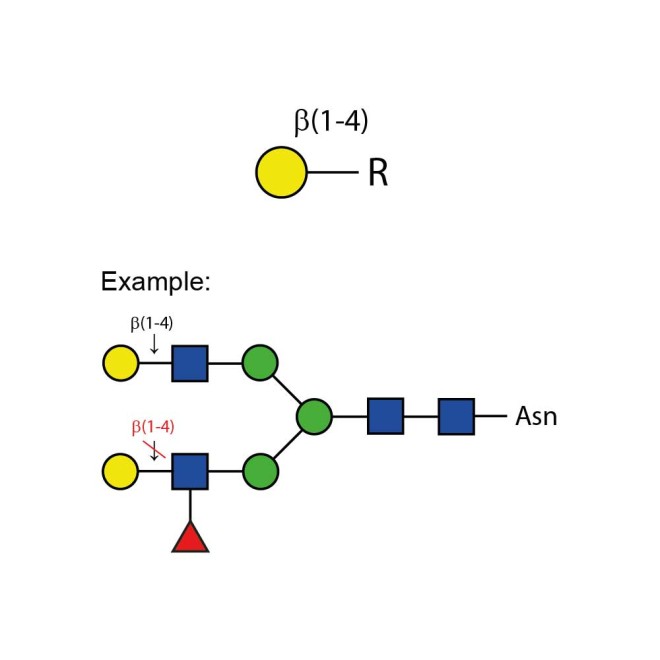
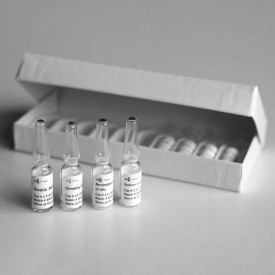

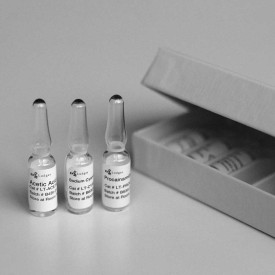

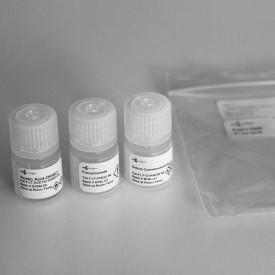

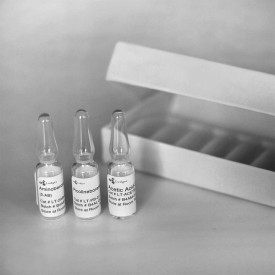

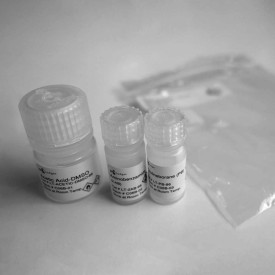

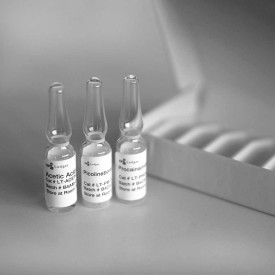

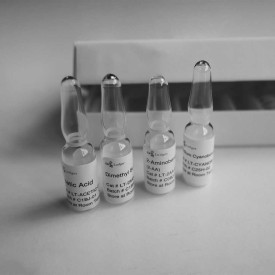

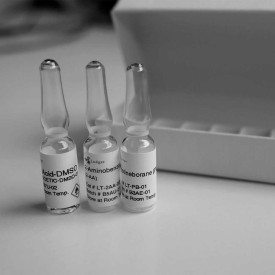

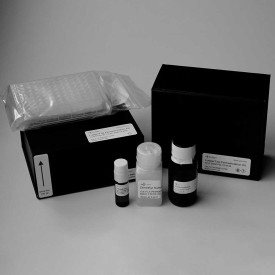

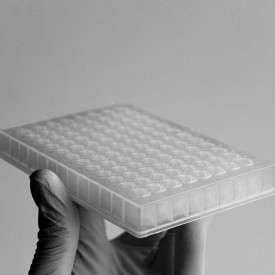

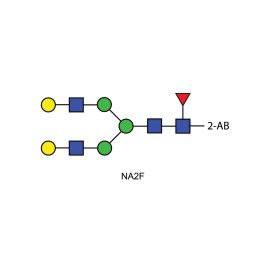
-275x275.jpg)
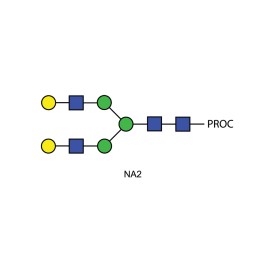
-275x275.jpg)
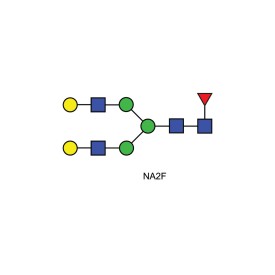
-275x275.jpg)
